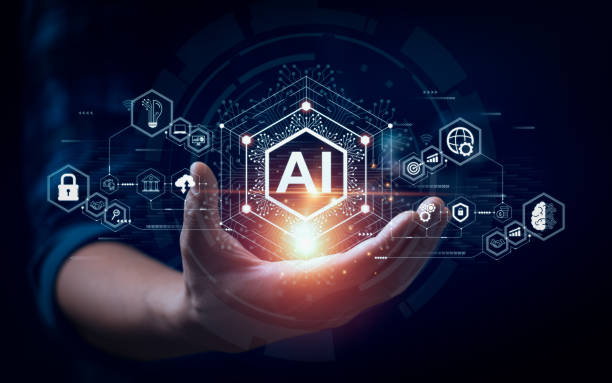The rapidly developing technology of artificial intelligence has found a new a market that may be able to minimize food waste.
Some businesses including restaurants and supermarkets have begun using A.I. programs to track how much of their food is being trashed in their dumpsters so they can limit its extent in the future.
A company called Winnow has developed the A.I. tool that surveils garbage in restaurants, hotel, and institutional caterers, while Afresh, analyzes supermarket data to look for wasteful patterns in what the store is stocking up on, and what customers are buying.
These two companies are part of an up and coming field that seeks to deal with the food waste problem created by the current food industry, as a third of food that’s grown in the US is never eaten.
“It’s a problem that literally gets swept away,” Marc Zornes, the founder of Winnow, told the Times.
In 2022, 1 billion metric tons of food went to waste globally, according to the United Nations Environment Program. Food waste reportedly counts for 8%-10% of global greenhouse gas emissions, which is approximately equivalent to emissions from aviation and shipping combined.
Many supermarket chains in Western United States and Canada have begun to adapt the new programs. Between 2019-2022, the eight chains that are a part of the Pacific Coast Food Waste Commitment project reported a 25 percent decline in the total volume of unsold food.
Afresh’s A.I. examines around six years of sales data on every product in the fresh-foods section of a grocery store it works with. Startups such as Apeel and Mori offer coatings for fresh produce so they don’t spoil fast, and an app called Flashfood connects customers to discounted food at grocery stores, along with the app Too Good To Go.
Meanwhile, Winnow installs cameras above garbage bins in restaurant kitchens, and the images are fed into an algorithm that can tell the difference between wasted food and trash.
Nevertheless, despite signs of progress, A.I. adds its own large environmental footprint, as crunching huge amounts of data requires massive levels of electricity. On top of this, it’s questionable whether consumers who are used to abundance in food will be receptive to the shrunken supplies.












